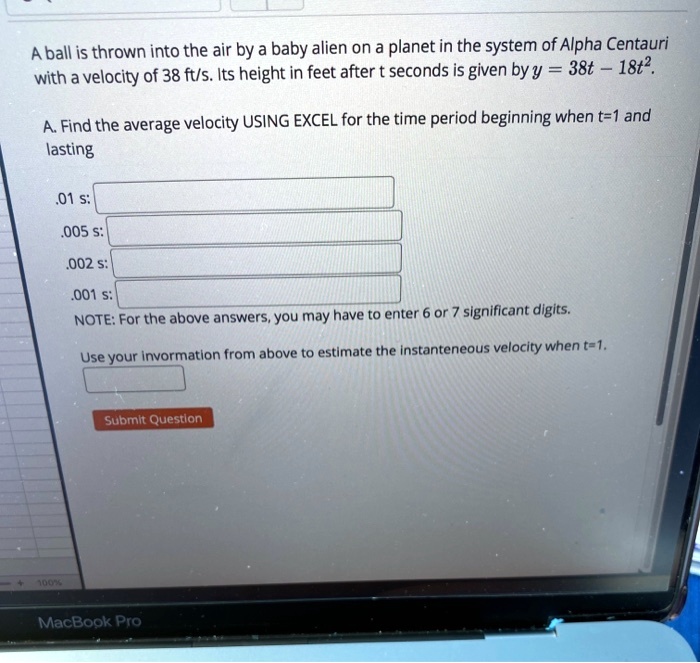


In other words, the time rate of change of the total momentum of the system of objects is zero in this case this is simply a statement of the law of conservation of linear momentum for a closed and isolated system. Then,Īnd if no external forces are acting on the system of objects, But this sum, F tot, is simply the sum of all external forces acting on the system of objects. In the same manner, following Newton's second law, we'll call F tot the sum of all the forces acting on the objects. Let's now consider some arbitrary number of objects the total momentum P of the system of objects is simply the sum of all the individual momenta. Note the units in the result-we can also express the units in terms of newton seconds. Because no direction is specified, we are only interested in determining the magnitude of p, or p. Solution: The momentum, p, of the object is simply the product of its mass and its velocity: p = m v. Practice Problem: A 50-kilogram object is moving at a speed of 10 meters per second. The net force on an object is therefore the time rate of change of its momentum.

Note that because m v appears in the net force expression, we can write it in terms of momentum p. Interested in learning more? Why not take an online Physics course? Let's substitute this into our force expression from Newton's second law of motion:Īssuming the mass m remains constant, we can make the following change:

Thus (on average), we can write the following: Recall that acceleration is simply the time rate of change of velocity. The Relationship Between Momentum and Force As the mass or velocity of an object increase, so does the momentum. Notice that momentum, like velocity, is a vector with both magnitude and direction. The momentum p of an object of mass m and velocity v is defined according to the following relationship: This situation fits logically, then, with the definition of momentum in physics. Momentum, therefore, increases with increasing speed as well as increasing mass. Likewise, we think of one object traveling at a fast speed as having more momentum than that object traveling at a lower speed. Trying to catch a medicine ball traveling at speed s (the slower speed) certainly sounds easier than trying to catch one traveling at a faster speed f! We tend to think of a larger object traveling at a particular speed as having more momentum than a smaller object traveling at that speed. Consider also the medicine ball traveling at two different speeds: a slower speed, s, and a faster speed, f. Now, imagine the two objects being thrown at you at some speed v obviously, getting hit by a tennis ball traveling at speed v sounds much less painful than getting hit by a medicine ball traveling at speed v. Imagine two objects, one with a small mass and one with a large mass consider, for instance, a tennis ball (less massive) and a medicine ball (more massive). We have used the concepts of mass and velocity to describe the motion of objects. O Apply this conservation law to solving problems involving linear motion O Derive the law of conservation of linear momentum O Understand the physical definition of momentum We will define the concept of momentum in the context of physics and use the mathematics of vectors and differences (such as the difference in time, ? t) to derive the law of conservation of linear momentum and to apply it to various problems.


 0 kommentar(er)
0 kommentar(er)
